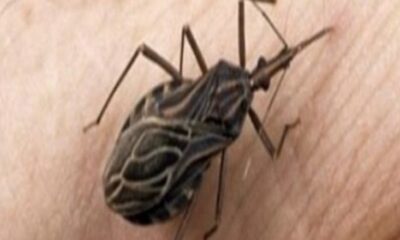In 1941, the colonial government ordered all the houses in the city of Ibadan to dim or completely switch off their outdoor lights. This was during World War II which lasted from 1939 to 1945.
Nigeria, being a colony of the British Empire found herself caught in the war. Part of Nigeria’s contribution to the war was to ensure the safety of colonialists in the country and the safety of the colony itself. Hence the Ibadan Lights Order was initiated in 1941…Click Here To Continue Reading>> …Click Here To Continue Reading>>
Ibadan Lights Order was an order in 1941 for the diminution and cessation of lightning in the city of Ibadan during the Second World War. In this order, every outdoor light was required to be obscured that no reflection thereof was visible from the air.
OldNaija gathered that Restrictions were announced for vehicles moving within a radius of 5 miles from the railway station in Ibadan. Between the hours of 6 o’clock in the evening to 6 o’clock in the morning, all vehicles on any highway were to draw into the side of the highway and remain stationary and all lights on such vehicles were to be extinguished. READ FULL STORY HERE>>>CLICK HERE TO CONTINUE READING>>>
Reasons for the lights order were discussed at a meeting of the town’s inner council at Mapo Hall. The army of the free French together with British troops had entered Syria to keep the Germans from overrunning it, being a menace to the British governed Palestine and the oil fields in Iraq.
The order of 1941 was made in anticipation of a possible aggression of the Vichy government under pressure from Germany to capture British colonies which bordered colonies in Africa governed by the Vichy government of France. The lights order came into effect on the 12th day of June as promulgated by H.F.M. White, colonial resident of Oyo province.




















